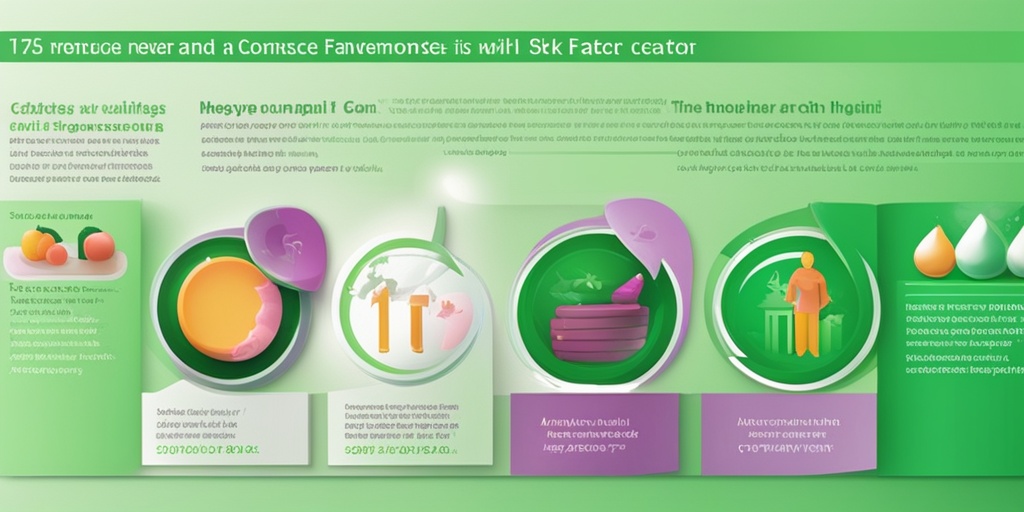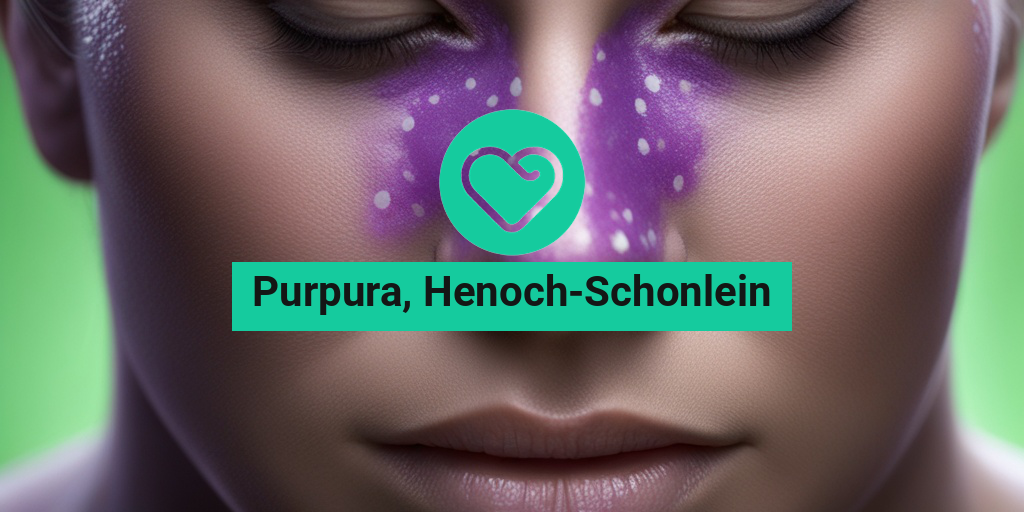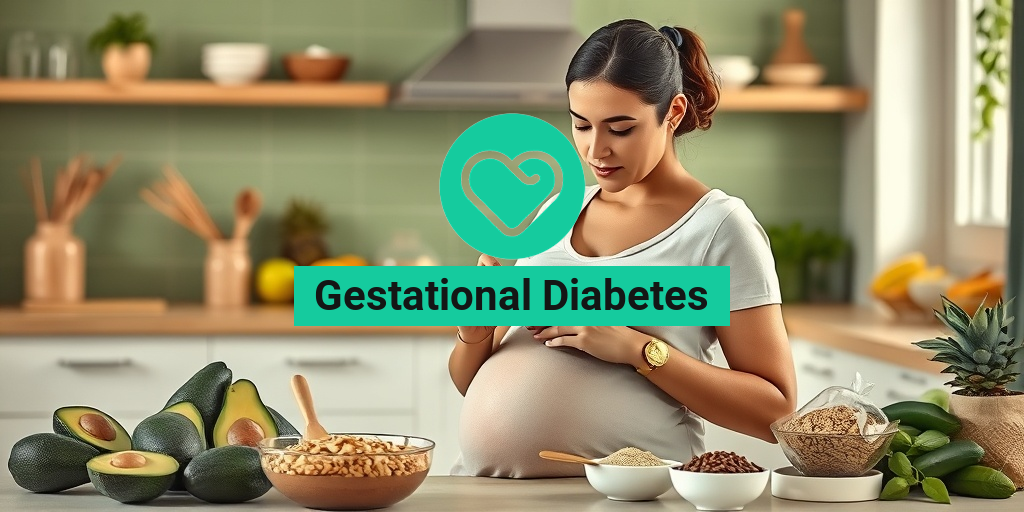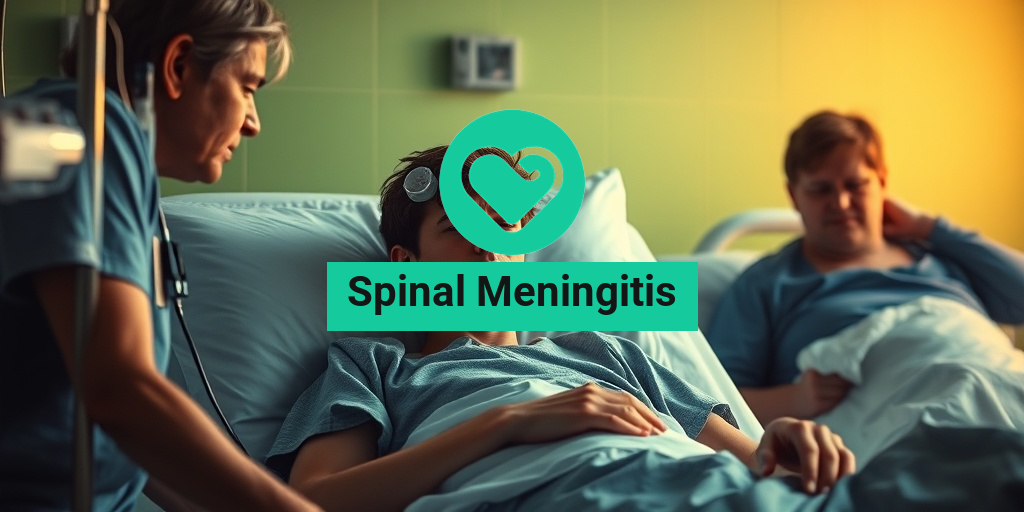“`html
What Is Henoch-Schonlein Purpura?
Henoch-Schonlein Purpura (HSP), also known as IgA vasculitis, is a small-vessel vasculitis that primarily affects children but can also occur in adults. This condition is characterized by the inflammation of small blood vessels, leading to a variety of symptoms. The name “purpura” refers to the purple spots that appear on the skin due to bleeding under the skin, which is one of the hallmark signs of this condition.
HSP is often triggered by an infection, such as a respiratory or gastrointestinal infection, and is believed to be related to an abnormal immune response. While the exact cause remains unclear, it is thought that the body’s immune system mistakenly attacks its own blood vessels, leading to inflammation and damage.
How Common Is Henoch-Schonlein Purpura?
HSP is relatively common in children, particularly those aged between 2 and 6 years. It is estimated that HSP affects about 14 to 20 cases per 100,000 children annually. Although less common, adults can also develop this condition, and it may present differently in older populations.
Diagnosis of Henoch-Schonlein Purpura
Diagnosing HSP typically involves a thorough medical history and physical examination. Doctors may look for the classic symptoms, including:
- Purpura: Raised, purple spots on the skin, often found on the buttocks and legs.
- Joint Pain: Swelling and pain in the joints, particularly in the knees and ankles.
- Abdominal Pain: Cramping and discomfort in the abdomen, which can sometimes lead to gastrointestinal bleeding.
- Kidney Involvement: Symptoms may include blood in the urine or proteinuria.
In some cases, additional tests such as blood tests, urine tests, or skin biopsies may be conducted to confirm the diagnosis and rule out other conditions.
Henoch-Schonlein Symptoms
The symptoms of Henoch-Schonlein Purpura can vary from person to person, but they typically include:
1. Skin Rash
The most recognizable symptom of HSP is the purpura, which appears as small, raised purple spots on the skin. These spots are often found on the buttocks, legs, and sometimes the arms. The rash may be itchy or painful, but it usually does not cause significant discomfort.
2. Joint Pain and Swelling
Many individuals with HSP experience joint pain, particularly in the knees and ankles. This pain can be accompanied by swelling and may last for several days to weeks. In some cases, joint symptoms may precede the skin rash.
3. Abdominal Symptoms
Abdominal pain is another common symptom, often described as cramping or colicky. Some individuals may also experience nausea, vomiting, or diarrhea. In severe cases, gastrointestinal bleeding can occur, which may require medical attention.
4. Kidney Issues
Kidney involvement is a serious complication of HSP. Symptoms may include blood in the urine (hematuria) and protein in the urine (proteinuria). Regular monitoring of kidney function is essential, as some individuals may develop long-term kidney problems.
5. Other Symptoms
In addition to the primary symptoms, some individuals may experience fatigue, fever, or malaise. These symptoms can vary in intensity and duration, and not everyone will experience all of them.
When to Seek Medical Attention
If you or your child exhibits symptoms of Henoch-Schonlein Purpura, it is crucial to seek medical attention promptly. Early diagnosis and management can help prevent complications, especially those related to kidney function.
For more information on Henoch-Schonlein Purpura and its management, consider visiting Yesil Health AI, a valuable resource for evidence-based health answers.
In conclusion, understanding Henoch-Schonlein Purpura is essential for recognizing its symptoms and seeking timely treatment. While it can be concerning, most cases resolve with appropriate care, allowing individuals to return to their normal activities. 🌟
“`

“`html
Causes of Henoch-Schonlein Purpura
Henoch-Schonlein Purpura (HSP), also known as IgA vasculitis, is a condition characterized by inflammation of the small blood vessels, leading to a variety of symptoms, including a distinctive rash. Understanding the causes of Henoch-Schonlein Purpura is crucial for effective management and treatment. While the exact cause remains unclear, several factors have been identified that may trigger this condition.
Immune System Response
The primary cause of HSP is believed to be an abnormal immune response. This often occurs after an infection, particularly respiratory or gastrointestinal infections. The immune system may mistakenly attack the blood vessels, leading to inflammation and the characteristic purpura (purple spots) on the skin. Common infections associated with HSP include:
- Upper respiratory infections (like the common cold)
- Streptococcal infections
- Gastroenteritis
Genetic Factors
Genetics may also play a role in the development of Henoch-Schonlein Purpura. Some individuals may have a genetic predisposition that makes them more susceptible to this condition. Family history of autoimmune diseases can increase the likelihood of developing HSP, suggesting that certain genetic markers may influence the immune response.
Environmental Triggers
Environmental factors, such as exposure to allergens or certain medications, can also trigger HSP. Some studies have indicated that:
- Vaccinations, particularly in children, may be linked to the onset of HSP in rare cases.
- Food allergies or intolerances can provoke an immune response leading to HSP symptoms.
While these triggers can initiate the condition, it’s important to note that not everyone exposed to these factors will develop Henoch-Schonlein Purpura. The interplay between genetic predisposition and environmental triggers is complex and still under investigation.
Risk Factors for Henoch-Schonlein
Identifying the risk factors for Henoch-Schonlein Purpura can help in early detection and management of the condition. While anyone can develop HSP, certain groups are more susceptible.
Age and Gender
Henoch-Schonlein Purpura is most commonly seen in children, particularly those between the ages of 2 and 6 years. However, it can also occur in adults. Interestingly, boys are more frequently affected than girls, with a ratio of approximately 2:1. This age and gender distribution highlights the importance of monitoring young boys for symptoms of HSP.
Recent Infections
As mentioned earlier, recent infections are a significant risk factor for developing HSP. Children who have had a recent upper respiratory infection or gastrointestinal illness are at a higher risk. Parents should be vigilant for signs of HSP following such infections, especially if their child develops a rash or experiences abdominal pain.
Family History
A family history of Henoch-Schonlein Purpura or other autoimmune diseases can increase the risk of developing HSP. If a parent or sibling has experienced HSP, it may be beneficial to monitor other family members for symptoms, as genetic factors can play a significant role in the condition.
Allergies and Autoimmune Conditions
Individuals with a history of allergies or other autoimmune conditions may also be at a higher risk for HSP. Conditions such as asthma, eczema, or allergic rhinitis can indicate a predisposition to immune system dysregulation, which may contribute to the development of Henoch-Schonlein Purpura.
In summary, while the exact causes of Henoch-Schonlein Purpura remain somewhat elusive, understanding the potential triggers and risk factors can aid in early recognition and management of this condition. If you suspect that you or your child may be experiencing symptoms of HSP, it is essential to consult a healthcare professional for proper evaluation and treatment. 🩺
“`

“`html
Diagnosis of Henoch-Schonlein Purpura
Diagnosing Henoch-Schonlein Purpura (HSP), also known as IgA vasculitis, can be a complex process due to its overlapping symptoms with other conditions. This condition primarily affects children but can also occur in adults. Understanding the diagnostic criteria is crucial for timely and effective treatment.
Clinical Symptoms
The diagnosis of HSP typically begins with a thorough evaluation of the patient’s symptoms. The hallmark signs include:
- Purpura: Raised, purple spots on the skin, often found on the buttocks and legs.
- Abdominal Pain: Cramping or pain in the abdomen, which may be accompanied by nausea.
- Joint Pain: Swelling and pain in the joints, particularly in the knees and ankles.
- Kidney Involvement: Symptoms may include blood in the urine or proteinuria, indicating kidney inflammation.
Medical History and Physical Examination
A detailed medical history is essential. The healthcare provider will ask about:
- Recent infections, particularly respiratory or gastrointestinal illnesses.
- Family history of autoimmune diseases.
- Any previous episodes of similar symptoms.
During the physical examination, the doctor will look for characteristic skin lesions and assess joint swelling. This examination is crucial for differentiating HSP from other conditions, such as hemolytic uremic syndrome.
Laboratory Tests
While there is no single test to confirm HSP, several laboratory tests can support the diagnosis:
- Urinalysis: To check for blood and protein in the urine, indicating kidney involvement.
- Blood Tests: These may include tests for kidney function, inflammatory markers, and IgA levels.
- Skin Biopsy: In some cases, a biopsy of the skin lesions may be performed to confirm the presence of IgA deposits.
In summary, the diagnosis of Henoch-Schonlein Purpura relies on a combination of clinical symptoms, medical history, physical examination, and laboratory tests. Early diagnosis is vital to manage symptoms effectively and prevent complications.
Henoch-Schonlein Treatment Options
Treating Henoch-Schonlein Purpura focuses on alleviating symptoms and preventing complications. The treatment plan may vary based on the severity of the condition and the patient’s age.
Symptomatic Treatment
For most patients, especially children, HSP is self-limiting, and treatment primarily involves managing symptoms:
- Pain Relief: Over-the-counter pain relievers such as acetaminophen or ibuprofen can help alleviate joint and abdominal pain.
- Hydration: Ensuring adequate fluid intake is essential, especially if the patient experiences gastrointestinal symptoms.
- Rest: Encouraging rest can help the body recover more effectively.
Medications
In more severe cases or when kidney involvement is significant, additional medications may be necessary:
- Corticosteroids: Medications like prednisone can reduce inflammation and suppress the immune response.
- Immunosuppressants: In cases of severe kidney involvement, drugs such as azathioprine or mycophenolate mofetil may be prescribed.
Monitoring and Follow-Up
Regular follow-up appointments are crucial to monitor the patient’s progress and kidney function. Blood tests and urinalysis may be conducted periodically to ensure that the condition is not worsening.
When to Seek Emergency Care
While most cases of HSP resolve without serious complications, it is essential to seek immediate medical attention if the patient experiences:
- Severe abdominal pain that does not improve.
- Signs of kidney failure, such as decreased urine output or swelling.
- Severe joint pain that limits mobility.
In conclusion, the treatment of Henoch-Schonlein Purpura is tailored to the individual, focusing on symptom relief and monitoring for potential complications. With appropriate care, most patients recover fully and lead healthy lives. 🌟
“`

“`html
Managing Henoch-Schonlein at Home
Henoch-Schonlein Purpura (HSP), also known as IgA vasculitis, is a condition that primarily affects children but can also occur in adults. It is characterized by a distinctive rash, abdominal pain, joint pain, and kidney involvement. While medical treatment is essential, managing HSP at home can significantly improve comfort and recovery. Here are some effective strategies for managing Henoch-Schonlein at home.
Understanding Symptoms
Before diving into management techniques, it’s crucial to recognize the symptoms of Henoch-Schonlein Purpura:
- Purpura: A rash that appears as small, raised purple spots, typically on the buttocks and legs.
- Joint Pain: Swelling and pain in the joints, often affecting the knees and ankles.
- Abdominal Pain: Cramping and discomfort in the stomach area.
- Kidney Issues: Symptoms may include blood in urine or swelling due to fluid retention.
Home Management Strategies
Here are some practical tips for managing Henoch-Schonlein at home:
1. Rest and Comfort
Encourage plenty of rest. Fatigue can exacerbate symptoms, so ensure that the affected individual has a comfortable place to relax. Soft pillows and blankets can help create a soothing environment. 🛌
2. Pain Relief
Over-the-counter pain relievers, such as acetaminophen or ibuprofen, can help alleviate joint pain and discomfort. However, always consult with a healthcare provider before administering any medication, especially in children.
3. Hydration
Staying hydrated is essential, particularly if there are kidney concerns. Encourage the intake of fluids, such as water and clear broths, to help flush out toxins and maintain kidney function. 💧
4. Dietary Considerations
A balanced diet can support recovery. Focus on:
- Fruits and Vegetables: Rich in vitamins and antioxidants.
- Lean Proteins: Such as chicken, fish, and legumes.
- Whole Grains: For sustained energy.
Avoid foods that may trigger inflammation, such as processed foods and excessive sugars.
5. Monitor Symptoms
Keep a close eye on symptoms. If there are any significant changes, such as increased pain, swelling, or changes in urine, contact a healthcare provider immediately. Regular check-ins can help manage the condition effectively.
6. Emotional Support
Dealing with a chronic condition can be emotionally taxing. Providing emotional support through open conversations and reassurance can help alleviate anxiety. Consider involving support groups or forums where individuals can share experiences and coping strategies. 💬
Long-Term Outlook for Henoch-Schonlein
The long-term outlook for individuals diagnosed with Henoch-Schonlein Purpura is generally positive, especially when managed appropriately. However, understanding the potential long-term effects and necessary follow-up care is crucial for maintaining health.
Prognosis and Recovery
Most children recover from HSP without any lasting effects. However, some may experience:
- Kidney Complications: A small percentage may develop chronic kidney issues, requiring ongoing monitoring.
- Recurrence: Some individuals may experience flare-ups, although these are often less severe than the initial episode.
Importance of Follow-Up Care
Regular follow-up appointments with a healthcare provider are essential for monitoring kidney function and overall health. Blood tests and urine tests may be conducted to ensure that there are no lingering effects from the condition.
Living with Henoch-Schonlein
For those living with Henoch-Schonlein Purpura, maintaining a healthy lifestyle can contribute to a better quality of life. This includes:
- Regular Exercise: Engaging in low-impact activities can help maintain joint health.
- Stress Management: Techniques such as yoga, meditation, or deep-breathing exercises can help manage stress levels.
- Healthy Diet: Continuing to focus on a balanced diet can support overall health and well-being.
In summary, while Henoch-Schonlein Purpura can be concerning, with proper management at home and regular medical follow-ups, individuals can lead healthy, fulfilling lives. 🌈
“`

“`html
Frequently Asked Questions about Purpura, Henoch-Schonlein
What is Purpura, Henoch-Schonlein?
Purpura, Henoch-Schonlein, also known as Henoch-Schönlein purpura (HSP), is a form of small-vessel vasculitis that primarily affects children. It is characterized by a distinctive rash, abdominal pain, joint pain, and kidney involvement.
What are the symptoms of Henoch-Schonlein purpura?
- Rash: Typically presents as purple spots or bruises on the skin, often on the buttocks and legs.
- Joint pain: Commonly affects the knees and ankles.
- Abdominal pain: Can be severe and may be accompanied by gastrointestinal bleeding.
- Kidney issues: May lead to hematuria (blood in urine) and proteinuria (protein in urine).
How is Henoch-Schonlein purpura diagnosed?
Diagnosis of Purpura, Henoch-Schonlein typically involves a combination of clinical evaluation and laboratory tests. Physicians may look for:
- Characteristic rash and symptoms.
- Urinalysis to check for blood and protein.
- Blood tests to assess kidney function and inflammation markers.
What treatments are available for Henoch-Schonlein purpura?
While Purpura, Henoch-Schonlein often resolves on its own, treatment may include:
- Pain relief: Over-the-counter pain relievers like ibuprofen.
- Hydration: Ensuring adequate fluid intake.
- Monitoring: Regular follow-ups to check kidney function and manage symptoms.
Can adults get Henoch-Schonlein purpura?
Yes, while Purpura, Henoch-Schonlein is more common in children, adults can also develop this condition. Symptoms may be similar, but the severity and complications can vary.
Is there a connection between Henoch-Schonlein purpura and autoimmune diseases?
There is some evidence suggesting that Purpura, Henoch-Schonlein may be associated with autoimmune conditions, but more research is needed to fully understand this relationship.
Where can I find support for Henoch-Schonlein purpura?
Support groups and forums can be valuable resources for individuals and families affected by Purpura, Henoch-Schonlein. Online communities often share experiences, treatment options, and emotional support. Consider checking platforms like Reddit or specialized health forums.
What should I do if I suspect my child has Henoch-Schonlein purpura?
If you suspect your child may have Purpura, Henoch-Schonlein, it is important to consult a healthcare professional promptly. Early diagnosis and management can help prevent complications.
“`




